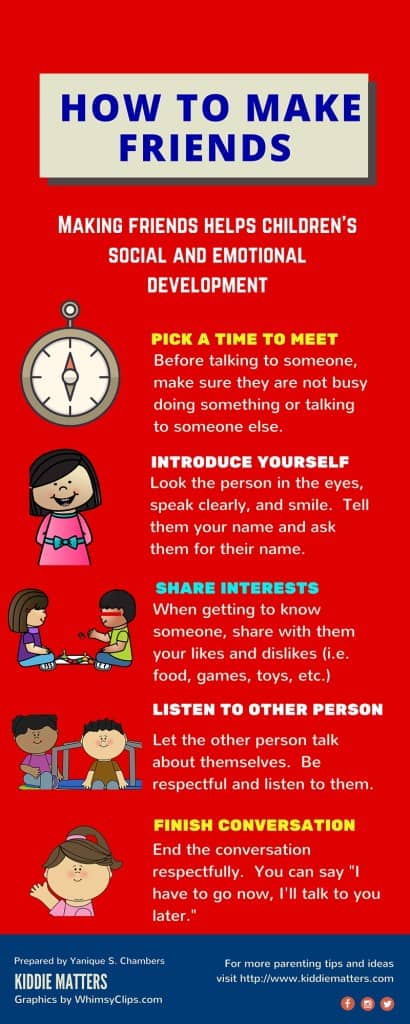
Sign language can be a lifesaver for people who have hearing difficulties, have loved ones who do, and people who socially or professionally interact with people who do. You may be surprised to learn, however, that there are many reasons to teach your baby sign language that bears no connection to their hearing levels at all.
There’s plenty of research demonstrating that children who grow up bilingual have uniquely configured brains; they excel at a variety of subjects, have better memories and executive function, and find additional languages much simpler to learn. Odds are that they may even find the hardest languages in the world a breeze to learn given their built-in bilingual capabilities.
So where does sign language come in? Handily, babies can learn sign language much earlier than they can speak. Children can start signing intentionally between 8-11 months old. Not only does this skill improve their development, but it holds a particular appeal for parents since it can reduce babies’ need to cry. Babies cry because it’s their sole mode of communication and of expressing their needs to their parents–whether they’re hungry, tired, or in pain, crying says it all. Babies who can communicate via signs, on the other hand, cry less because they can tell you exactly what’s wrong.




